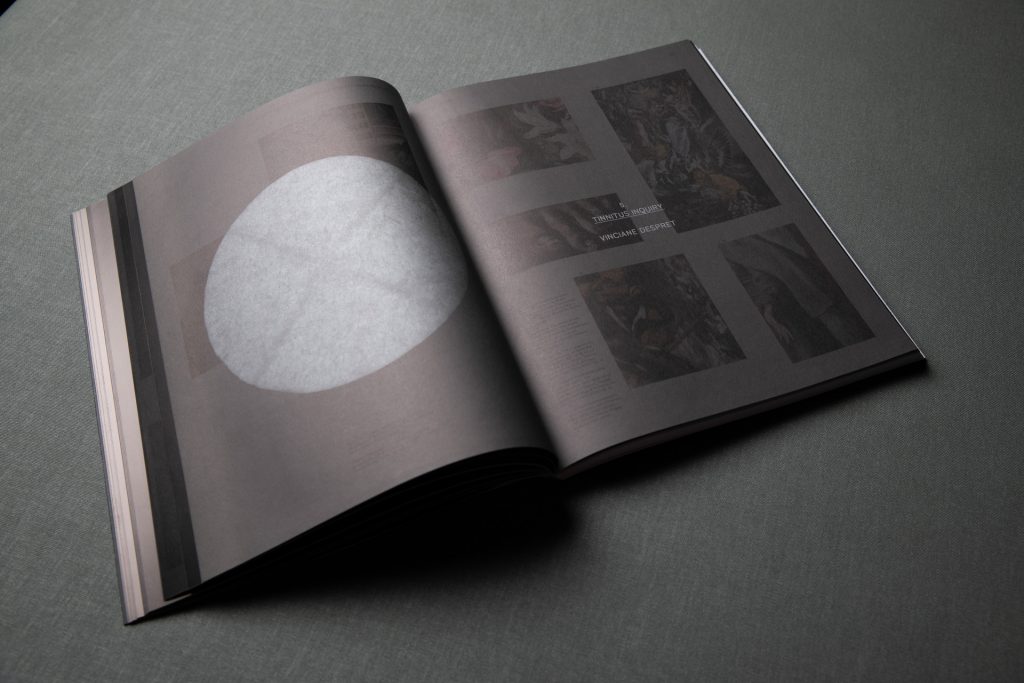

...

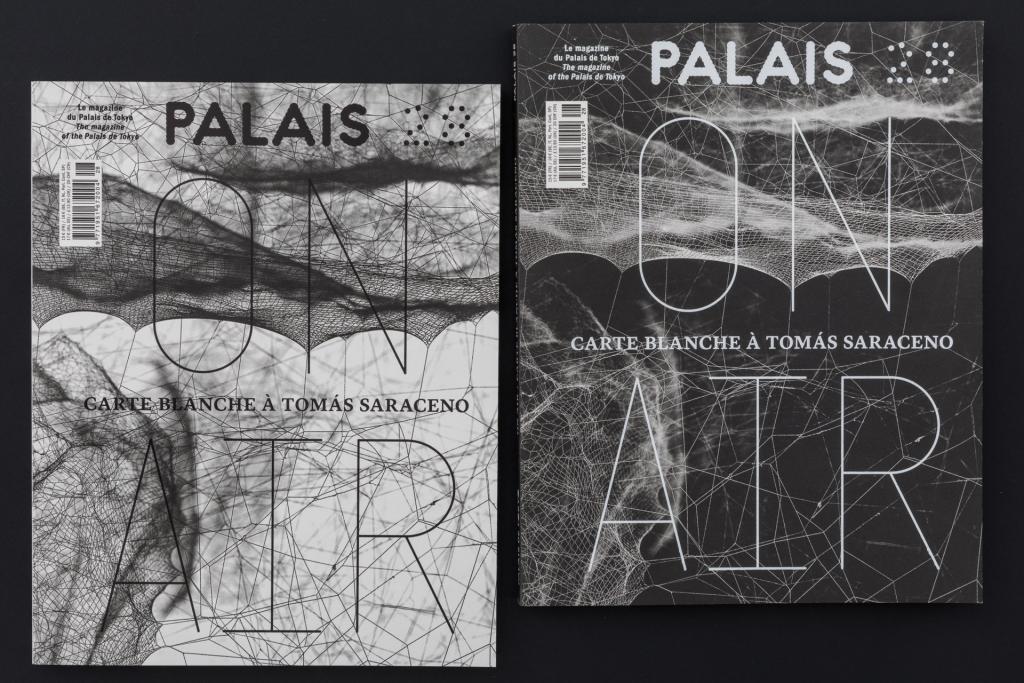
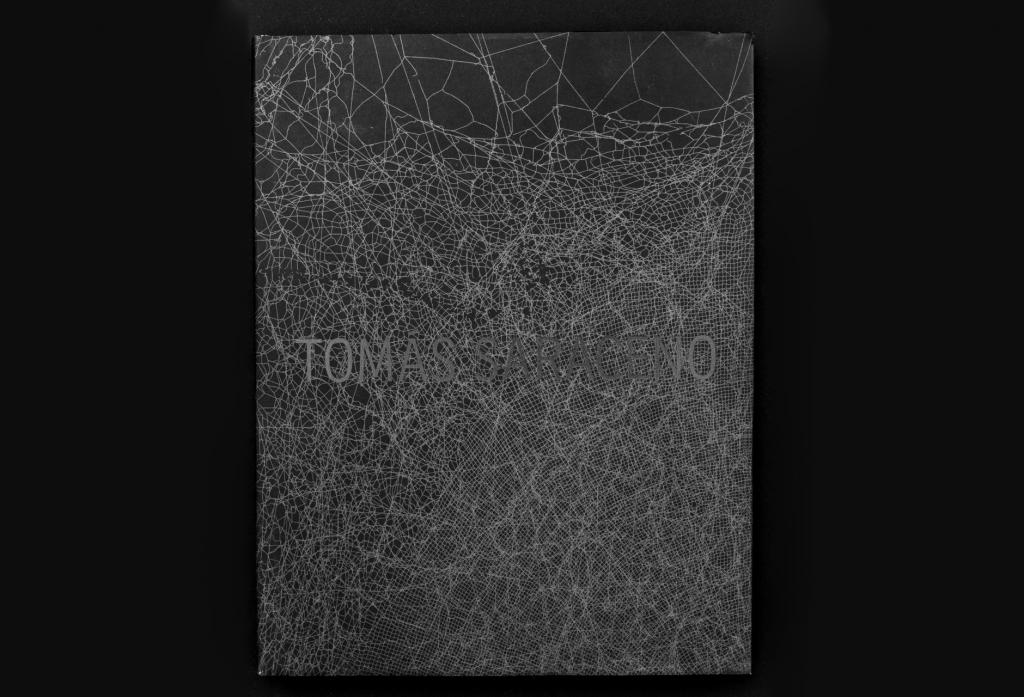
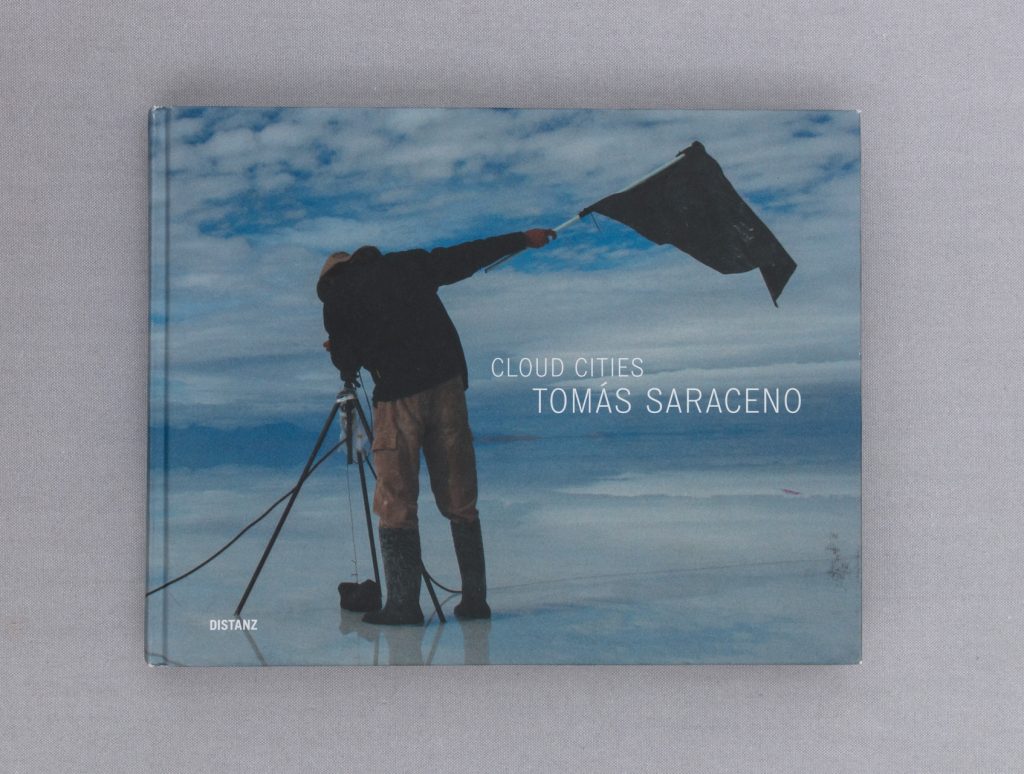
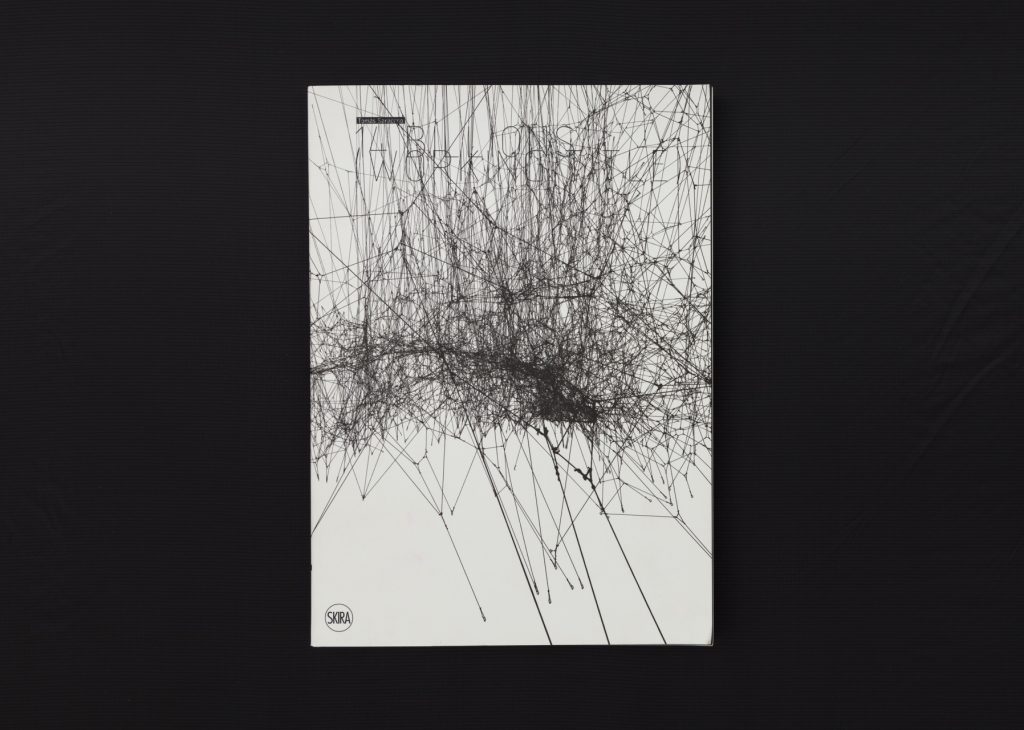
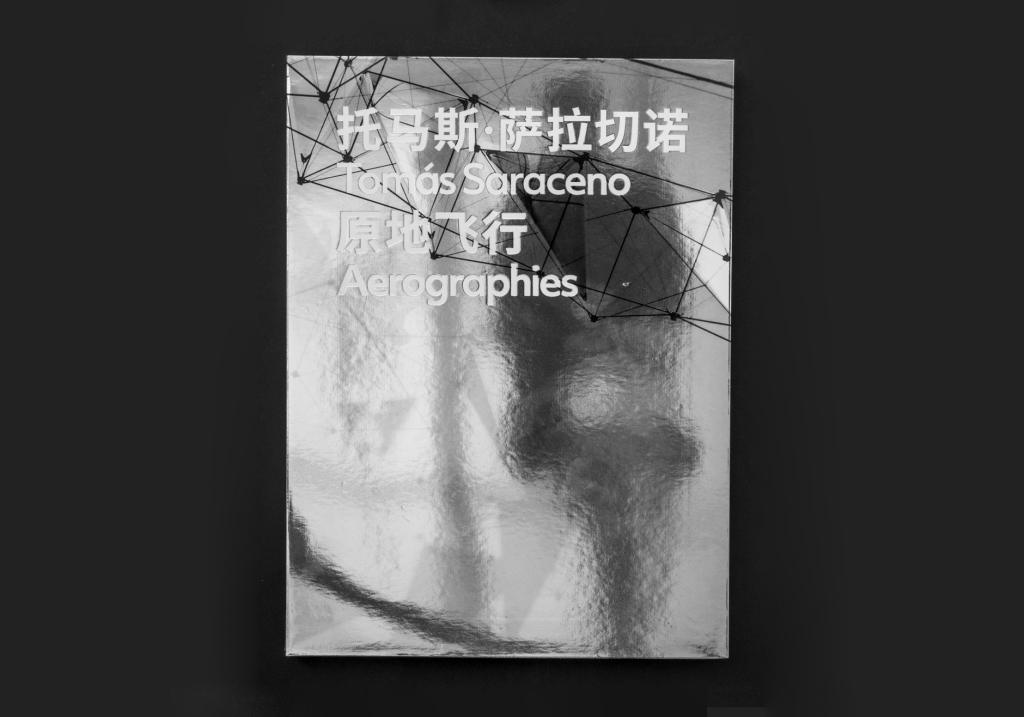
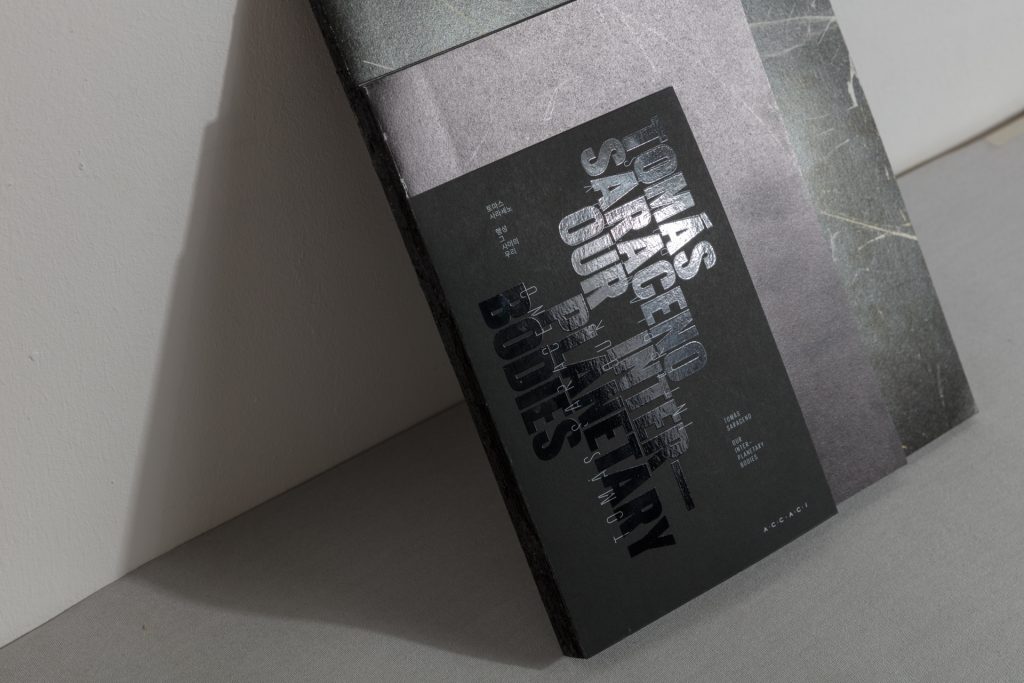
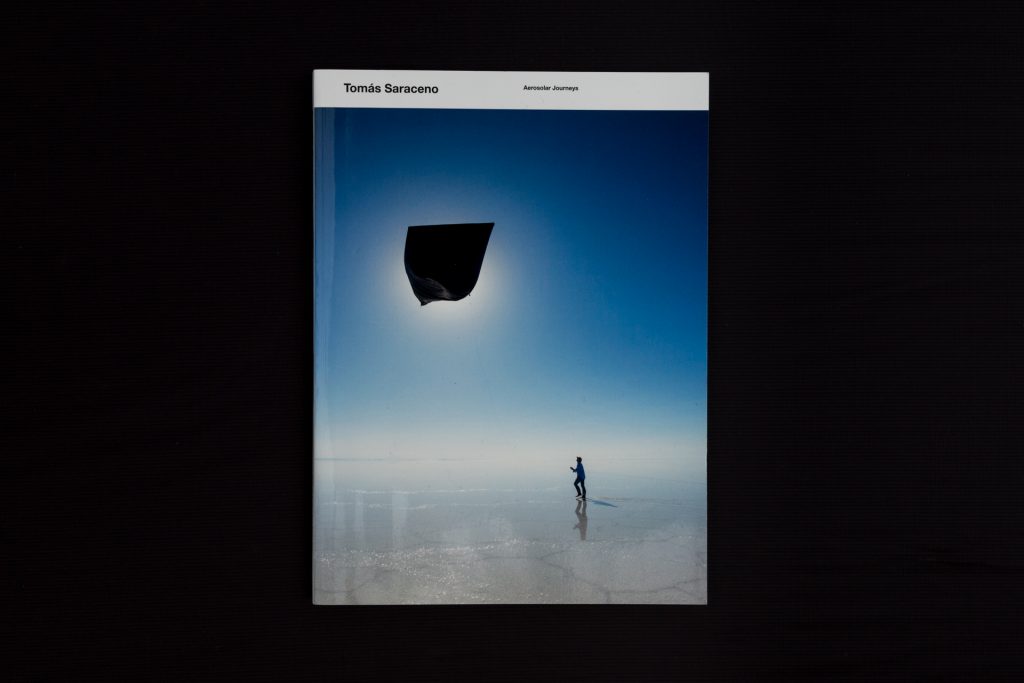
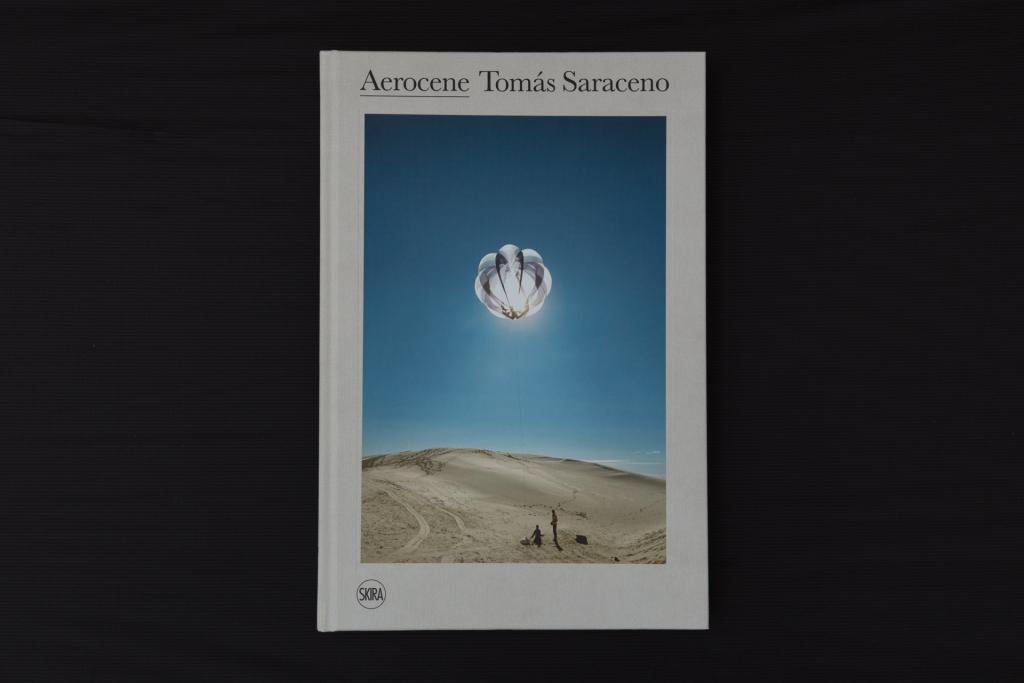
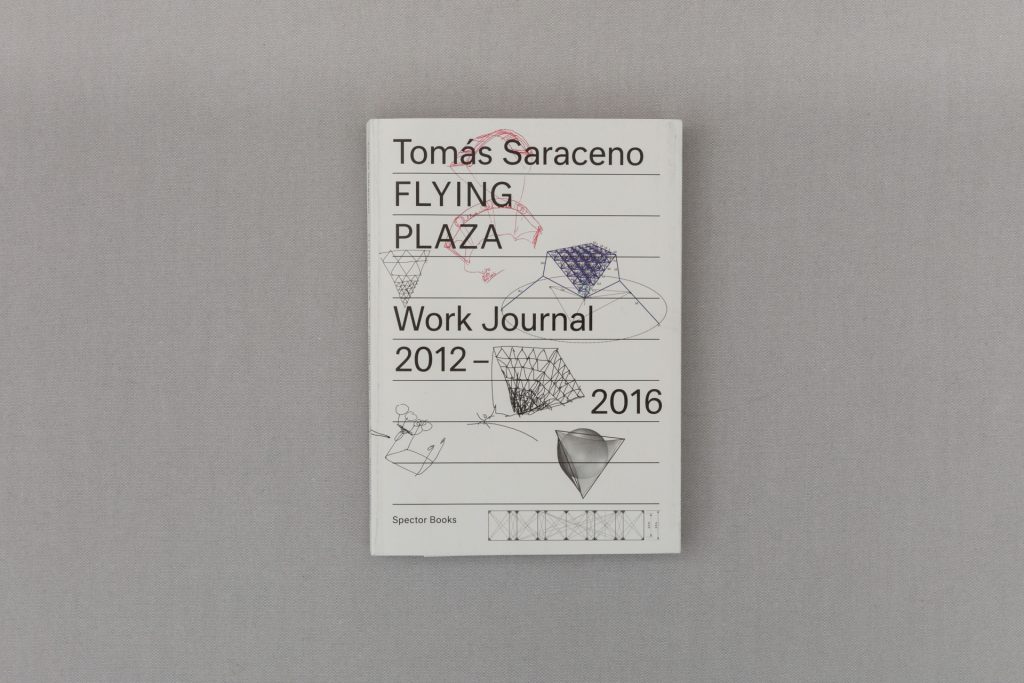
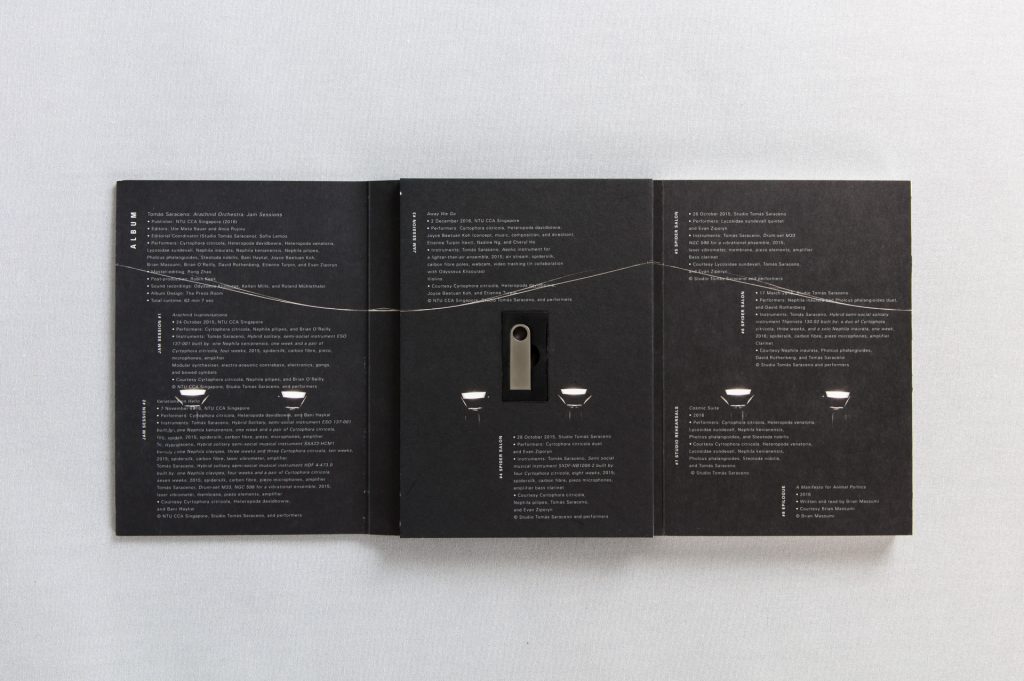
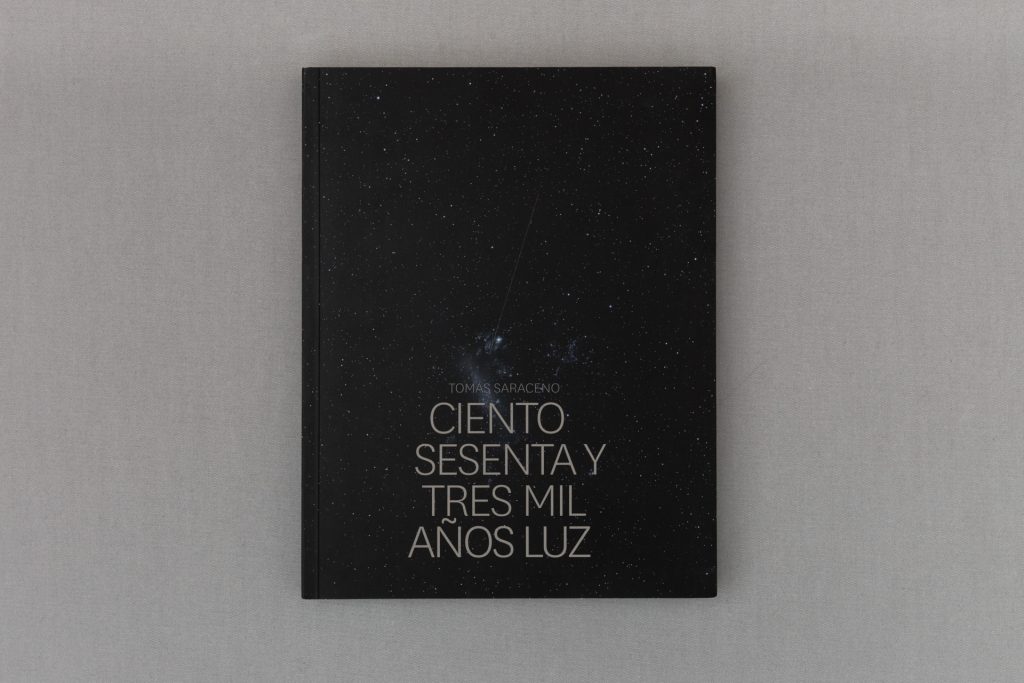
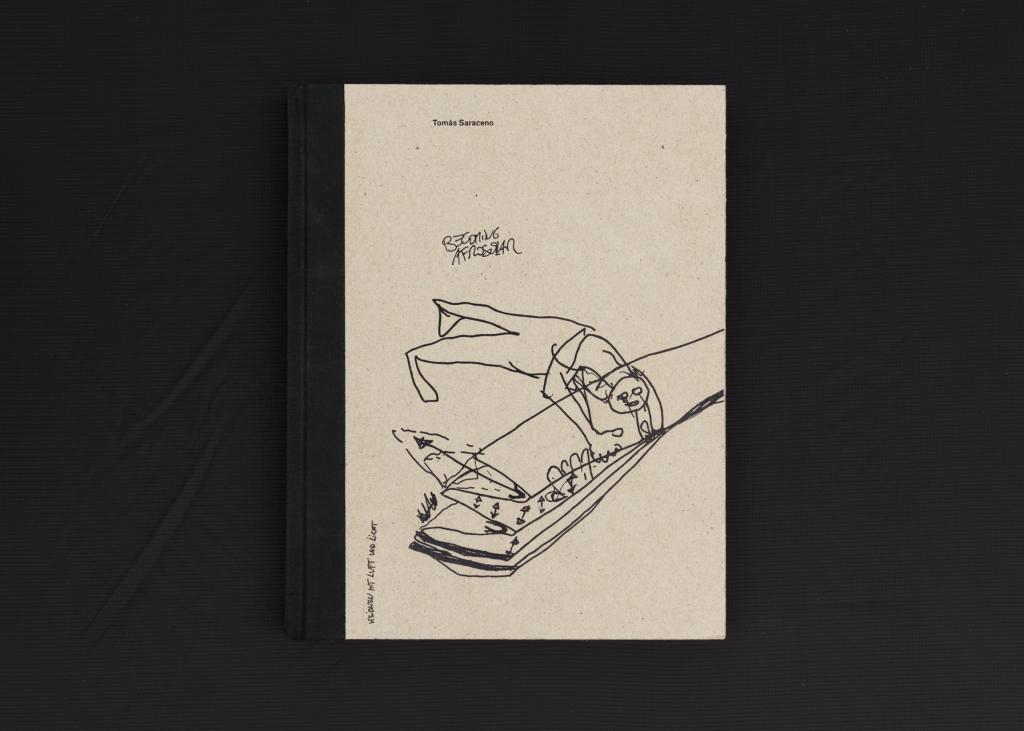
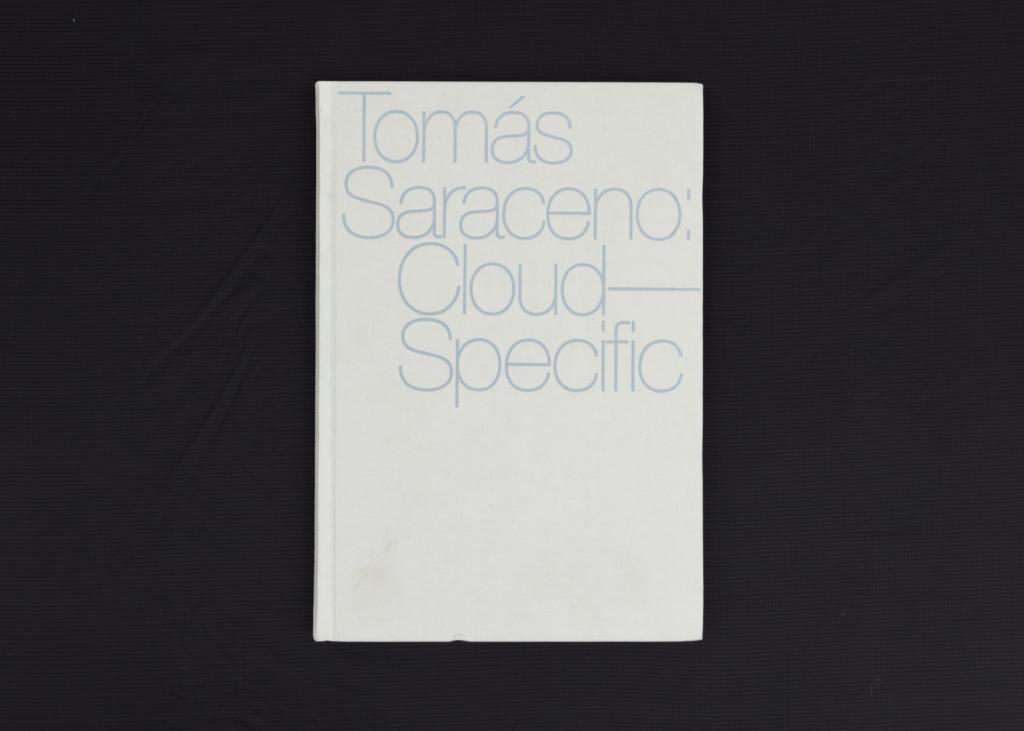
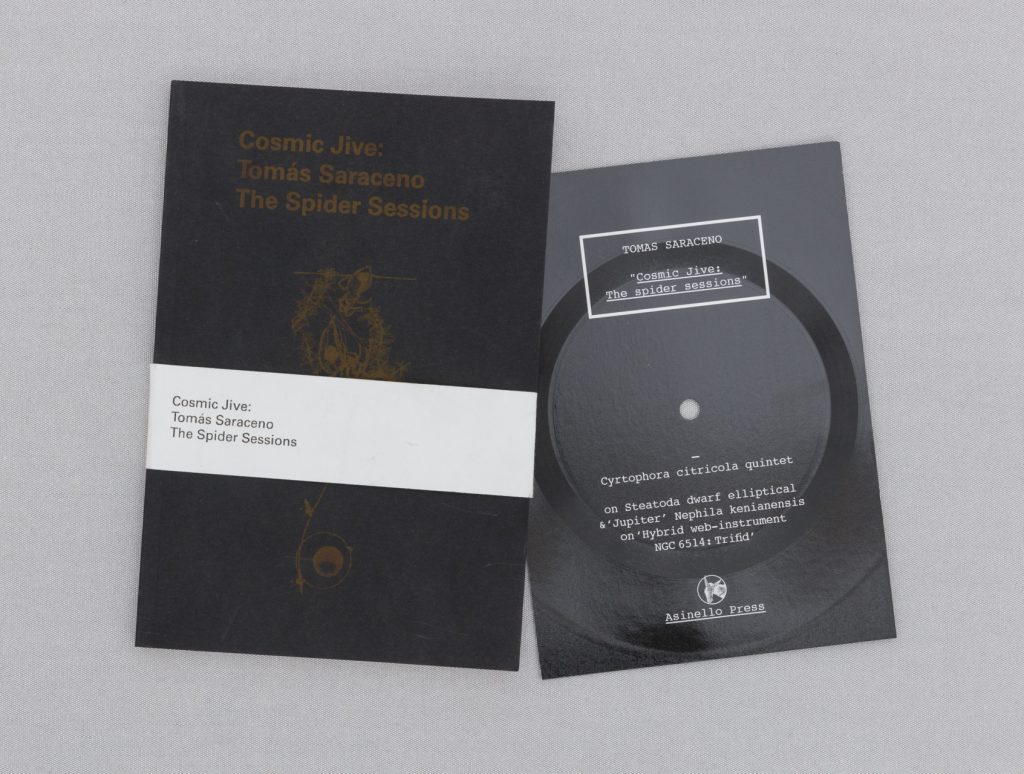

“What do you see in the clouds?
A hedgehog, a barn owl, or a red squirrel?
I see a house… a vicuña… a face… a spider web!
Let’s imagine together
other shapes clouds may take!”
—Tomás Saraceno
Over the duration of Web(s) of Life, children are invited to create their own cloud drawings, and optionally contribute them as inspiration for a new collective digital artwork, initiated for the benefit of the Salinas Grandes and Laguna de Guayatayoc communities in Jujuy, Argentina. This evolving project will compose and relate the imagination of children from Jujuy with those in London who participate.
UPLOAD YOUR CLOUD IMAGINATION
On January 14 and 15, 2023, an interdisciplinary and intercultural gathering took place in Alfarcito, Jujuy, for the Rights of Nature and an Ecosocial Transition. Representatives of the communities affected by the advance of the lithium industry in their territories attended the meeting to share their experiences, denounce the multiple violations of their rights and articulate different forms of resistance.
During the gathering, curator Inés Katzenstein, writer Graciela Speranza and artist Tomás Saraceno led workshops with children from the communities, to explore art and creativity as a means of attuning to the colours, shapes and textures of the environments we inhabit. Saraceno led the workshop Cloud Imagination, which takes up and renews the practice of reading messages drawn in the sky through the phenomenon of pareidolia: the impulse that leads us to recognise significant patterns in ‘random’ information.
What do we see in the clouds? What latencies are contained in their waters? What do children, those who will continue to live with the repercussions of today’s consumption and extractivism, imagine when they travel, with their feet on the ground and their heads in the sky, accompanying the clouds in constant movement?
Writer Graciela Speranza shares: “In the discourse of politics, economics and sometimes even in that of science, a crass realism reigns, incapable of imagining the future. But it is precisely in art that this impoverished notion of realism is least at home. Art reveals the limits of imagination and makes realistic fantasies that at first sight are impracticable: flying without fossil fuels, as in the flight that Tomás Saraceno and Aerocene made possible in Salinas Grandes.”
Water is in a permanent state of transformation. In solid, liquid or gaseous form, this ‘ocean of air’ that surrounds us has long-resisted the nation state’s nuclei of border control and territorial governance. Yet, these innate cycles of evaporation and condensation have become entrenched by neocolonial politics and extractive policy-making that threaten deadly interruption to the water cycle.
As harbouring forms of the atmosphere, clouds evoke the innate cycles of water and life. For the indigenous-rural communities of the Salinas Grandes and Laguna de Guayatayoc basin, a salt flat of rich biodiversity and high-altitude andean wetlands, water is life. However, their right to consultation over the advance of lithium extraction in their territories since 2011 is not being respected. Their message is clear: “We no longer want to be a sacrifice zone.” Industrial lithium mining extracts, per tonne of the so-called ‘white gold’, as much as 2 million litres of groundwater. Sought after by multinational corporations who disguise their neocolonial regimes behind a so-called green transition, the means to life for the communities of Salinas Grandes is being evaporated from beneath them. Lithium mining is water mining.
The project marks the latest chapter in a long-standing collaboration between the Salinas Grandes communities, the Aerocene Foundation and its initiator Tomás Saraceno. In 2017, a group of sociologists, artists, radio amateurs and members of the communities came together for a collective performance Tata Inti (father sun) that flew eight aerosolar sculptures over the Salinas Grandes salt flats. On January 25th, 2020, Saraceno’s aerosolar sculpture Aerocene Pacha flew with the message ‘Water and Life are Worth More than Lithium’—free from fossil fuels, batteries, lithium, solar panels, helium, and hydrogen. Aerocene pilot Leticia Noemi Marqués set 32 world records, recognised by the Fédération Aéronautique Internationale (FAI), marking the most sustainable flight in human history and one of the most important experiments in the history of aviation. Three years later, the interdisciplinary and intercultural gathering took place in Alfarcito, Jujuy, for the Rights of Nature and an Ecosocial Transition.
Partial Common Ownership
The project is also an experiment in a new economic approach to art ownership called Partial Common Ownership (PCO). This piece will not be traditionally owned by anyone, but will instead be stewarded by various parties to advance the Salinas Grandes communities in their own stewardship efforts to protect and maintain their biodiverse land. Funds raised through the licensing of the artwork will return directly to them and support their efforts to preserve the ecosystem against harmful lithium extraction.
The artwork creates a series of networked entanglements between children’s visions, energy infrastructures and flows, the health of our planet and economic practices. With its distributed and ongoing creation throughout the exhibition period, the artwork instantiates the possibility of art to create new forms of interdependence that can lead to more conscious and symbiotic systems, and ways of life.
At the end of the exhibition period, the artwork will come into possession of a temporary steward for a specified number of years. Key to the method of auction is the introduction of a Partial Common Ownership (PCO) model, as developed by Serpentine’s Future Art Ecosystems and RadicalxChange – a movement for 21st century political economies. PCO instantiates a hybrid, time-based model of art ownership that is rooted in stewardship, with integrated provisions for long-term economic return in the event of the artwork passing hands to subsequent stewards.
This model has been devised to honour the relational nature of artworks that are inspired by communities engaged in critical societal struggles such as climate justice. The funds from the initial and subsequent transfers of the PCO licence to a steward will be donated to a beneficiary representing the communities of Salinas Grandes.
Read more on Partial Common Ownership via RadicalxChange here.
...